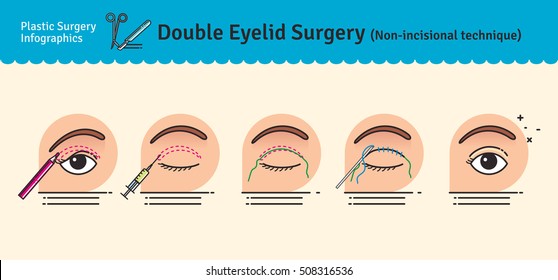Understanding Refractive Lens Exchange: Insights Your Eye Doctor May Not Share
Understanding Refractive Lens Exchange: Insights Your Eye Doctor May Not Share
Blog Article
Published By-Foley Hewitt
Have you ever thought about Refractive Lens Exchange (RLE) as a choice for vision modification? While it isn't as commonly reviewed as LASIK, RLE could be a game-changer for your vision. Many individuals ignore its benefits, thinking traditional approaches are their only selection. However what are the actual advantages, and what might your optometrist not be informing you regarding this procedure? Let's explore the ins and outs of RLE with each other.
Comprehending Refractive Lens Exchange: The Basics
Refractive lens exchange (RLE) is a surgical procedure that can considerably enhance your vision, especially if you're dealing with presbyopia or severe refractive errors.
During RLE, your eye doctor eliminates your eye's natural lens and changes it with a man-made one customized to your vision needs. This treatment can fix nearsightedness, farsightedness, and astigmatism, providing you clearer vision without counting on glasses or call lenses.
The surgical procedure is commonly fast, taking less than an hour, and many clients experience very little pain. Recovery is reasonably quickly, permitting you to go back to your everyday activities soon after.
If you're considering RLE, seeking advice from your optometrist can assist you identify if it's the right choice for you.
Secret Distinctions Between RLE and Traditional Cataract Surgical Treatment
While both refractive lens exchange (RLE) and traditional cataract surgical treatment include changing the eye's natural lens, their key objectives and person accounts differ significantly.
RLE is focused on individuals seeking to decrease their dependancy on glasses or call lenses as a result of refractive mistakes, typically before cataracts establish. On the other hand, traditional cataract surgical treatment usually targets people that have actually developed cataracts, which cloud the lens and hinder vision.
The lenses used in RLE can supply a more comprehensive range of vision modification, while common cataract surgical treatment generally involves fundamental monofocal lenses.
Additionally, RLE candidates are typically younger and in excellent general health, whereas cataract individuals may be older and have various other health issues.
Picking the best procedure depends upon your particular vision needs and scenarios.
Potential Advantages and Considerations of RLE
If you're considering refractive lens exchange (RLE), you'll discover a number of prospective benefits that might boost your lifestyle.
RLE can provide you with more clear vision, reducing or removing the demand for glasses or call lenses. It offers a chance to deal with presbyopia and various other refractive mistakes at the same time, commonly boosting your general visual acuity.
Furthermore, RLE can be a fantastic alternative if you're not an ideal prospect for LASIK. Nevertheless, it's important to weigh the factors to consider, like the expense, prospective risks, and the healing duration.
Discussing your particular demands with your ophthalmologist can assist you make a notified decision, guaranteeing you select the best course for your vision improvement.
Final thought
In conclusion, refractive lens exchange supplies a distinct service for vision improvement that goes beyond what LASIK can provide. It's vital to weigh the advantages against potential dangers and expenses prior to making a decision. Do not think twice to ask navigate to this web-site to ensure you completely recognize the treatment and its implications for your vision. With the best details, you can with confidence select the most effective alternative for your eyes and way of living.
